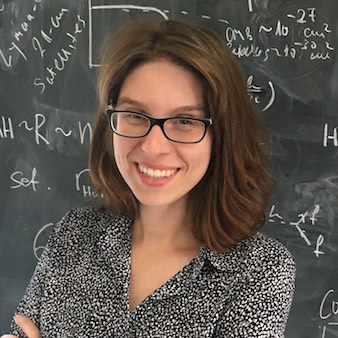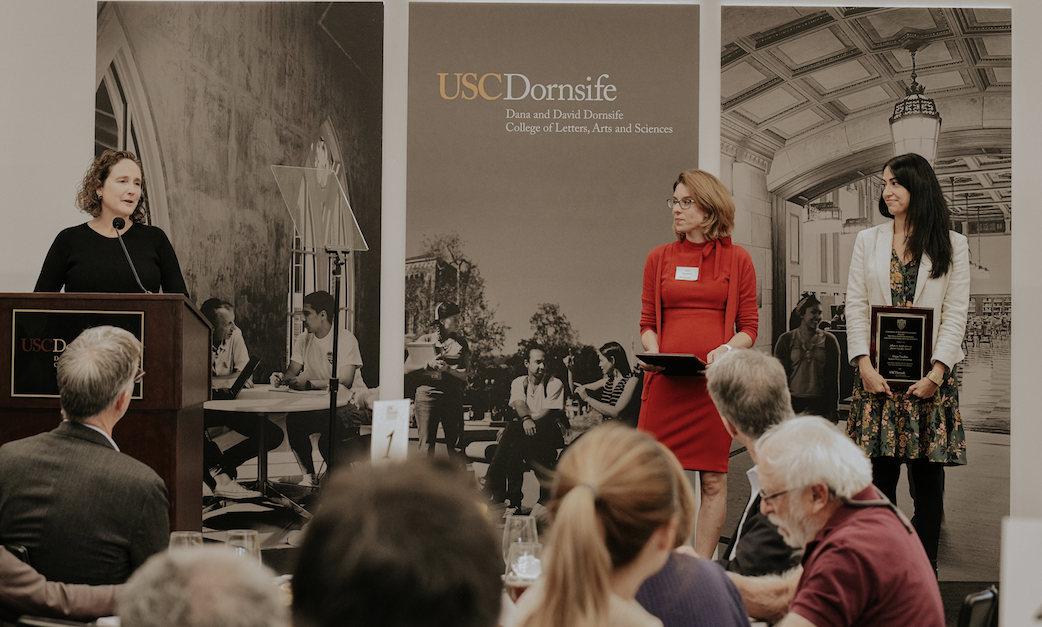Vera Gluscevic

Vera Gluscevic is a Gabilan Assistant Professor of Physics and Astronomy at the University of Southern California (USC). As a postdoc, she was an Eric Schmidt Fellow at the Institute for Advanced Study in Princeton. She received her PhD in Astrophysics at Caltech and her undergraduate degree in Astrophysics from the University of Belgrade, Serbia. Dr. Gluscevic leads a group of students and postdocs at USC, whose shared goal is to decipher the fundamental nature of cosmological dark matter and dark energy, the dominant constituents of the universe at present time.
Dr. Gluscevic is one of the founding members of two large international collaborations: CMB-S4 and the Simons Observatory (SO), both working to build the next-generation ground-based facilities to measure anisotropy of the cosmic microwave background (CMB) radiation—heat leftover from the Big Bang and the first free-streaming light in the Universe—with unprecedented sensitivity and resolution. The new data from the CMB observatories will lead to the first measurements of the neutrino mass, stress-test dark matter theory, and help to address tensions between observational data sets. Dr. Gluscevic had served on the CMB-S4 Executive Committee and led the Likelihood and Theory working group for SO, and in both instances leading their dark matter science definition and forecasts and helping to shape their scinence programs. In 2022, she received USC Raubenheimer Outstanding Junior Faculty Award, and in 2023, she was named a Cottrell Scholar by the Research Corporation for Science Advancement. Her research is also supported by the NSF and NASA astrophysics theory programs.
For more information, view Vera Gluscevic’s CV and the department promotional interview.
